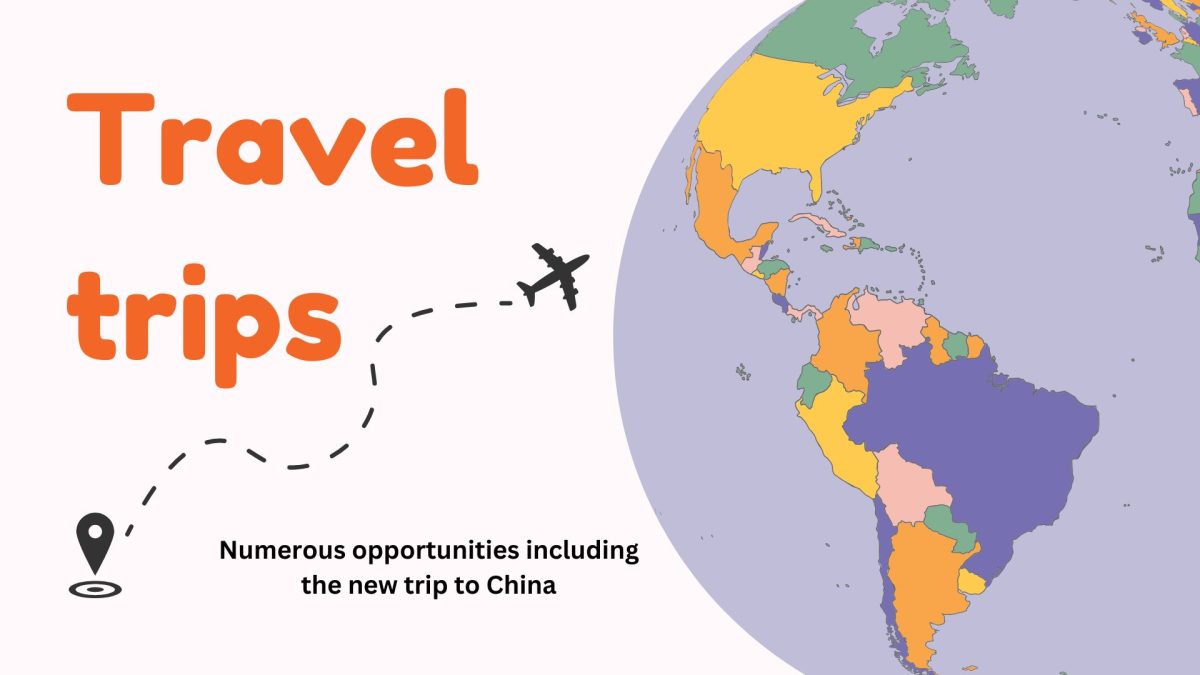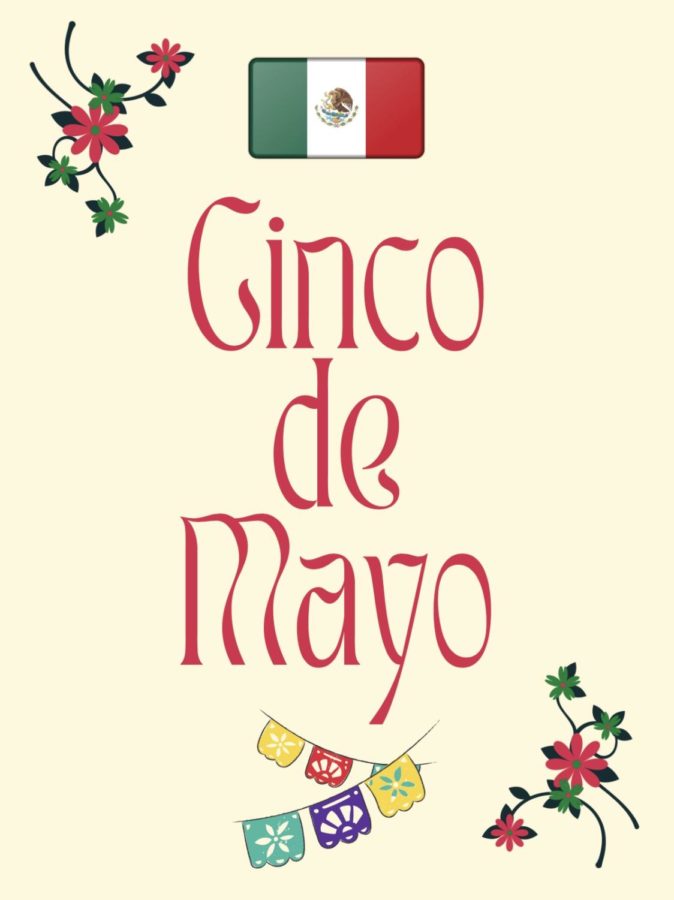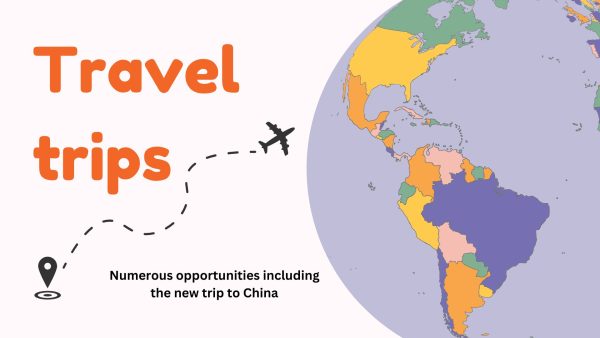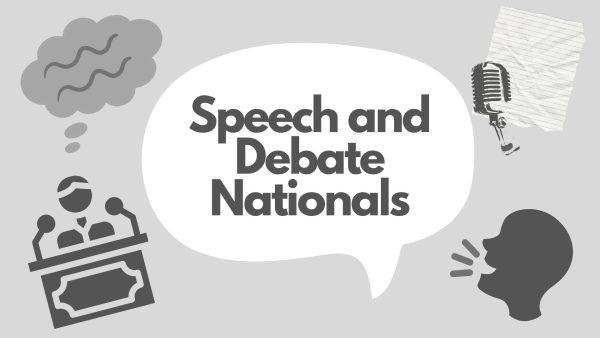Cinco de Mayo
A note on Cinco de Mayo on behalf of MEChA.
This was written by Melissa Reyes and Zoe Tupper-Alvarez on behalf of the Movimiento Estudiantil Chicano de Aztlán (MEChA) club to clarify some common misconceptions about Cinco de Mayo.
We’ve all heard of this celebration before, and we’ve all definitely seen it; waiters wearing big straw sombreros promoting free margaritas, while mariachi music plays in the background. But how many of those people do you think actually understand its significance and history? And important to note: How many of those people are white?
About 90% of Americans don’t actually know what Cinco de Mayo celebrates, many of whom are blatantly misinformed. For one thing, Cinco de Mayo is associated with Mexican history; not with any other Hispanic country. For example, those from Chile and many other Latin and Central American countries don’t celebrate it.
Secondly, and most commonly misunderstood, Cinco de Mayo does not celebrate Mexico’s Independence Day, which is actually Sept. 16. The fifth of May commemorates the Battle of Puebla; the Mexican army’s victory over France during the Franco-Mexican War in 1862. Despite being generously outnumbered and underprepared, this success represents a symbolic victory for the Mexican government and resistance movement. While this historical event is celebrated in the state of Puebla, where it took place, it is not observed as a national holiday in Mexico, nor is it commonly celebrated.
Cinco de Mayo is famously recognized in the U.S. because Chicano activists reclaimed it as a way to celebrate Mexican culture and heritage while using it to advance civil rights. Unfortunately, due to poor advertising and consumerism, the historical significance has been replaced over the years with a day’s worth of exceeding Corona sales. Let’s undo decades of misinformation and revitalize the true meaning behind Cinco de Mayo.
Your donation will support the student journalists of West Linn High School. Your contribution will allow us to continue to produce quality content by purchasing equipment, software, and continuing to host our website on School Newspapers Online (SNO).


























![Game, set, and match. Corbin Atchley, sophomore, high fives Sanam Sidhu, freshman, after a rally with other club members. “I just joined [the club],” Sidhu said. “[I heard about it] on Instagram, they always post about it, I’ve been wanting to come. My parents used to play [net sports] too and they taught us, and then I learned from my brother.”](https://wlhsnow.com/wp-content/uploads/2024/03/MG_7715-2-1200x800.jpg)





![The teams prepare to start another play with just a few minutes left in the first half. The Lions were in the lead at halftime with a score of 27-0. At half time, the team went back to the locker rooms. “[We ate] orange slices,” Malos said. “[Then] our team came out and got the win.”](https://wlhsnow.com/wp-content/uploads/2023/10/IMG_2385-1200x800.jpg)





![At the bottom of the third inning, the Lions are still scoreless. Rowe stands at home plate, preparing to bat, while Vandenbrink stands off to the side as the next batter up. Despite having the bases loaded, the team was unable to score any runs. “It’s just the beginning of the season. We’re just going to be playing out best by June, [and] that’s where champions are,” Rowe said.](https://wlhsnow.com/wp-content/uploads/2024/03/IMG_3077-1200x900.jpg)







































































![Game, set, and match. Corbin Atchley, sophomore, high fives Sanam Sidhu, freshman, after a rally with other club members. “I just joined [the club],” Sidhu said. “[I heard about it] on Instagram, they always post about it, I’ve been wanting to come. My parents used to play [net sports] too and they taught us, and then I learned from my brother.”](https://wlhsnow.com/wp-content/uploads/2024/03/MG_7715-2-600x400.jpg)






